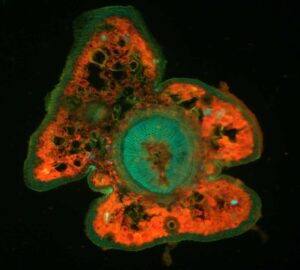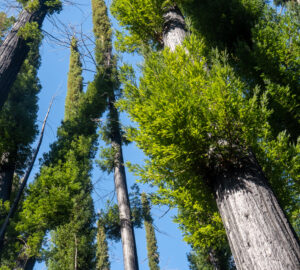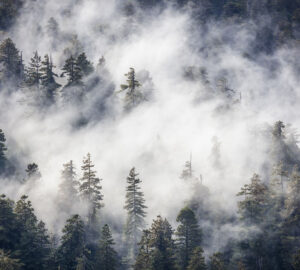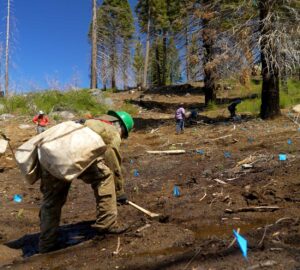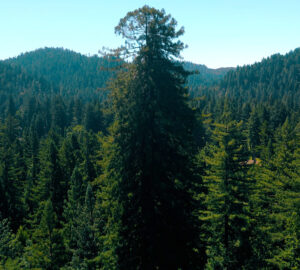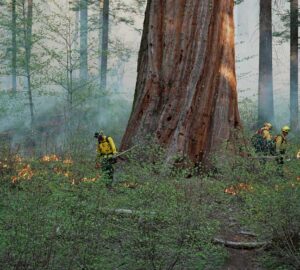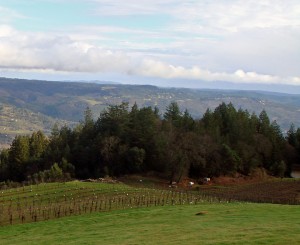
The direct effects of climate change come in many different flavors – shifts in temperature and precipitation will have significant, though yet undetermined, implications for the redwood forest. The ways in which climate change might indirectly affect the redwoods make the subject quite a bit more complex, however. What happens when climate change affects land uses competing with the forest for space?
Vineyard development has been a serious threat to redwood forests over the past few decades, with large areas of forest cleared for conversion every year, particularly in Sonoma and Mendocino counties. Conservationists have long been concerned about the rise of the wine industry and its spread into the redwood region, as the combination of land-use change and the chemical inputs necessary for such a high-maintenance crop mean big trouble for the forest around it.
According to a new study reported in in the New York Times, new climate models suggest that nearly 60 percent of the land currently suitable for growing grapes in the western US (mostly California) will become ‘severely stressed’ by increasing temperatures and decreasing precipitation, and that future vineyard development may be focused on areas currently too cold to support grape growing.
At first glance, this might seem like good news for the redwoods. If preliminary data from the League’s RCCI team is any indication, redwoods are certainly hardier than grapevines, and so minor climatic changes that may make an area unsuitable for vineyards might still be just fine for the forest.
That may seem like good news for the redwoods, but what does it mean for nature further north? According to one of the study’s authors, “one of the adaptation strategies for grape growers will be to move into areas that have a suitable climate.” Will agricultural pressure simply be shifted to newly suitable areas, or will local farmers adapt their crop planning to reflect changing conditions? If the redwood region becomes unsuitable for growing grapes, will it instead support crops that require even more intensive agriculture – more space, more equipment, more pesticides and sediment in streams and rivers? We may not know the answers to these questions until they are already upon us, and as we try to plan for an uncertain future perhaps the best we can do is to recognize how unifying these great global forces really are, and how careful we need to be to ensure that conservation’s victory in one place does not mean its loss in another.
Learn more about climate and redwoods by checking out our Redwoods and Climate Change Initiative!


